Canvus, an Ohio-based startup, recycles decommissioned wind turbine blades into products that are both useful and aesthetically pleasing.
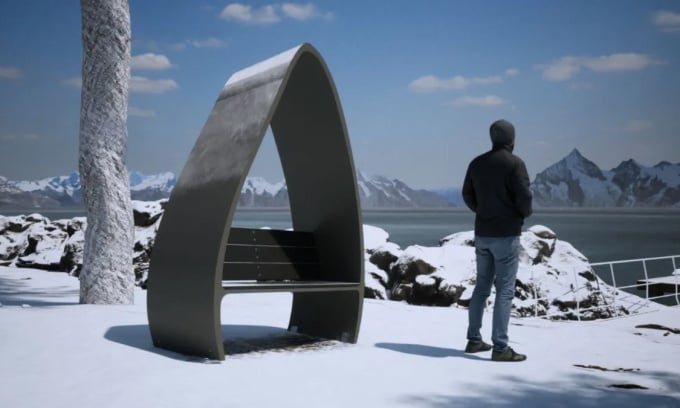
Chair made from recycled wind turbine blades. Photo: Canvus
According to WindEurope, by 2025, Europe will have 25,000 tons of wind turbine blades discarded each year, equivalent to more than 6,000 Hummer SUVs. This shows the urgency of finding environmentally friendly solutions to handle the giant turbine blades, Interesting Engineering reported on November 26.
Founded in 2021 and based in Rocky River, Ohio, Canvus turns decommissioned wind turbine blades into useful, attractively designed products such as benches, picnic tables, and planters that have been used in a variety of locations to create sustainable spaces.
Wind turbine blades, coated with epoxy resin and made primarily of fiberglass, pose a major challenge when it comes to recycling because they are so strong and contain few easily recyclable materials. “We’re giving these materials a second life,” said Parker Kowalski, co-founder of Canvus.
The recycling process involves breaking down the blades into smaller pieces at Canvus’ 10,200-square-foot factory in Avon, Ohio, where they are further remade into durable, environmentally friendly products by more than 30 workers.
Canvus is not the only company recycling wind turbine blades, but it has a unique business model. Unlike other companies, Canvus primarily serves corporate clients who want to donate reusable products to public spaces. Each product acts as a marketing tool for the business, with a name tag and QR code that leads to the business’s website. Canvus’ products cost between $3,500 and $9,500, while renting a billboard in the US costs at least $250 per month, according to Kowalski. So this is an affordable and quite effective solution for businesses to promote and contribute to sustainable activities.
Canvus not only uses old wind turbine blades, but also incorporates other recycled materials such as rubber tires, shoes, and plastic waste into its products. However, experts are conducting a comprehensive life-cycle assessment, including the energy used to transport and process the blades.
Thu Thao (According to Interesting Engineering )
Source link




![[Photo] Phu Quoc: Propagating IUU prevention and control to the people](https://vstatic.vietnam.vn/vietnam/resource/IMAGE/2025/8/24/f32e51cca8bf4ebc9899accf59353d90)



![[Photo] Party and State leaders meet with representatives of all walks of life](https://vstatic.vietnam.vn/vietnam/resource/IMAGE/2025/8/24/66adc175d6ec402d90093f0a6764225b)
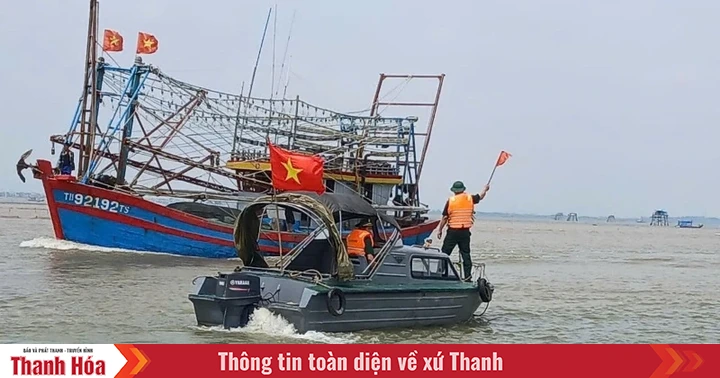



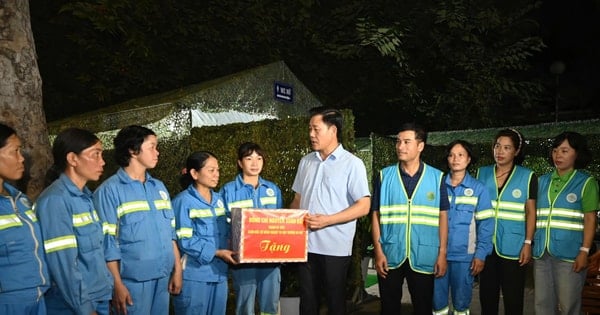



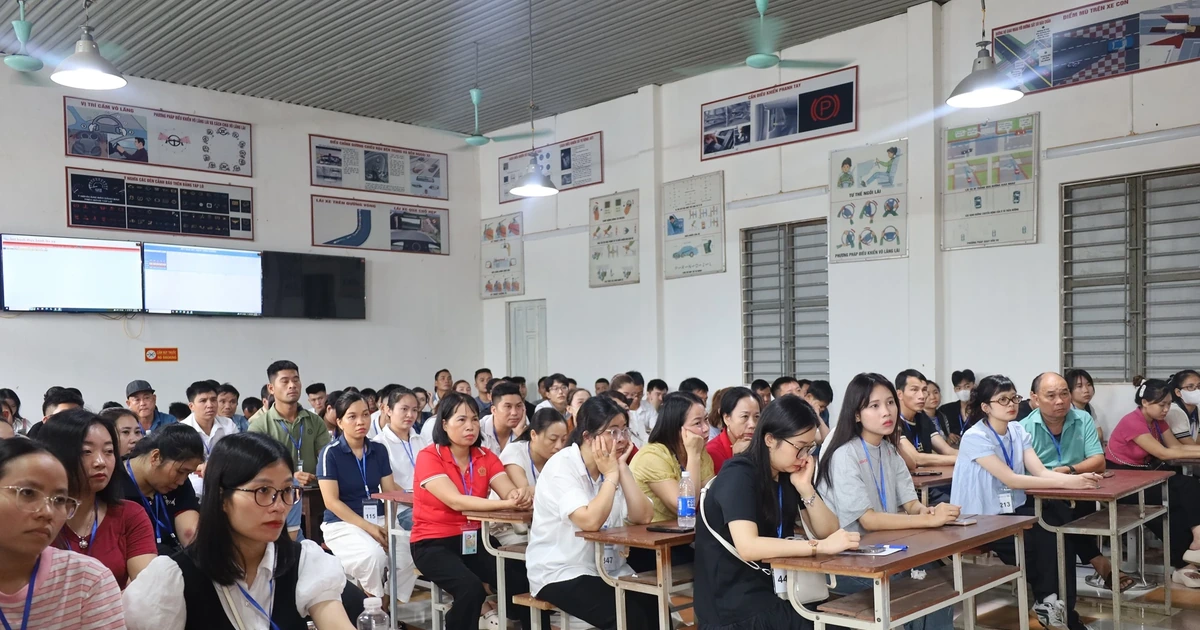

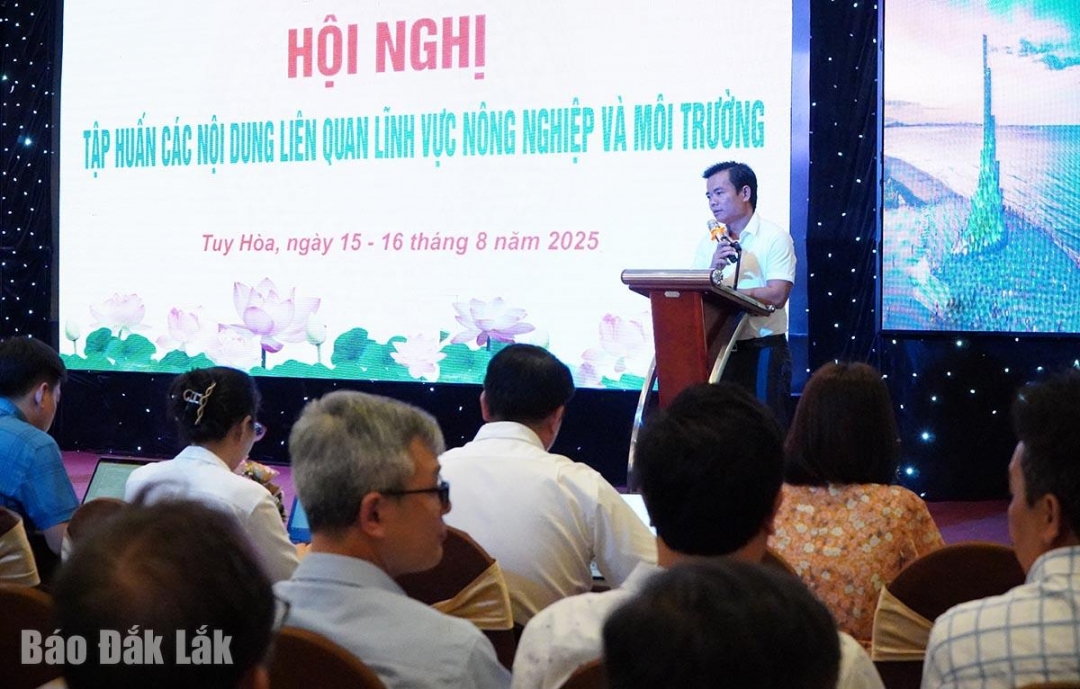
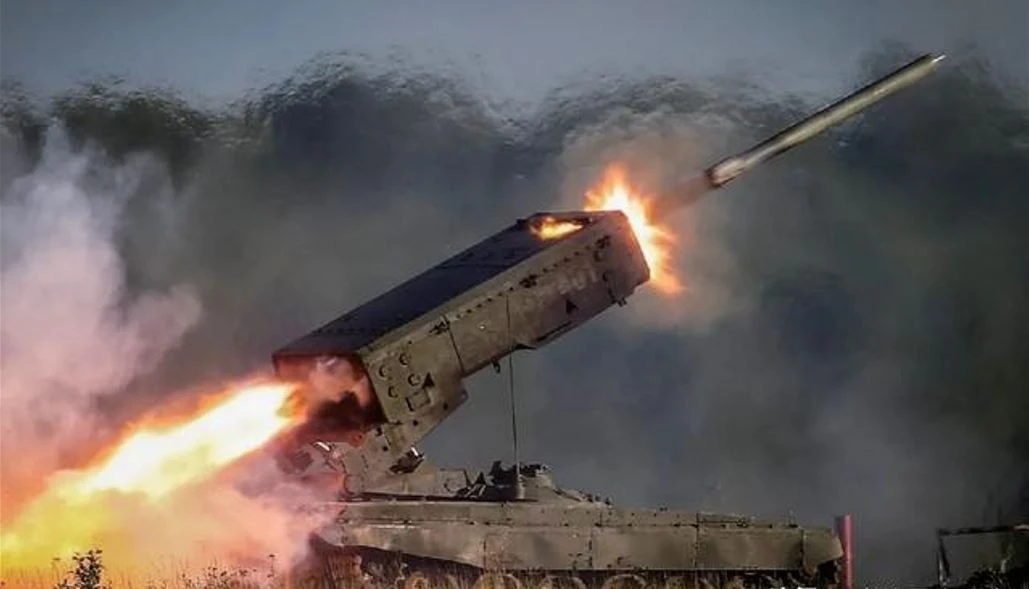


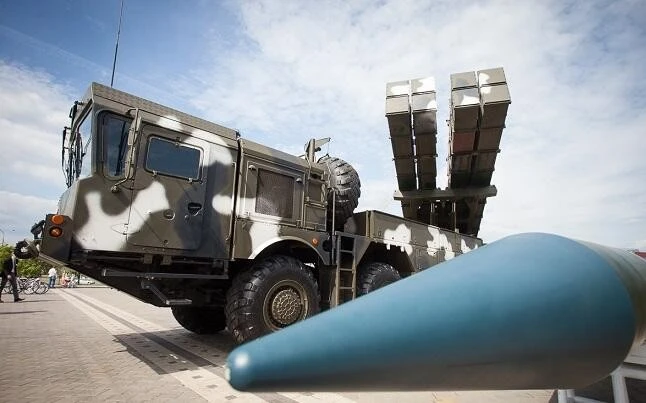

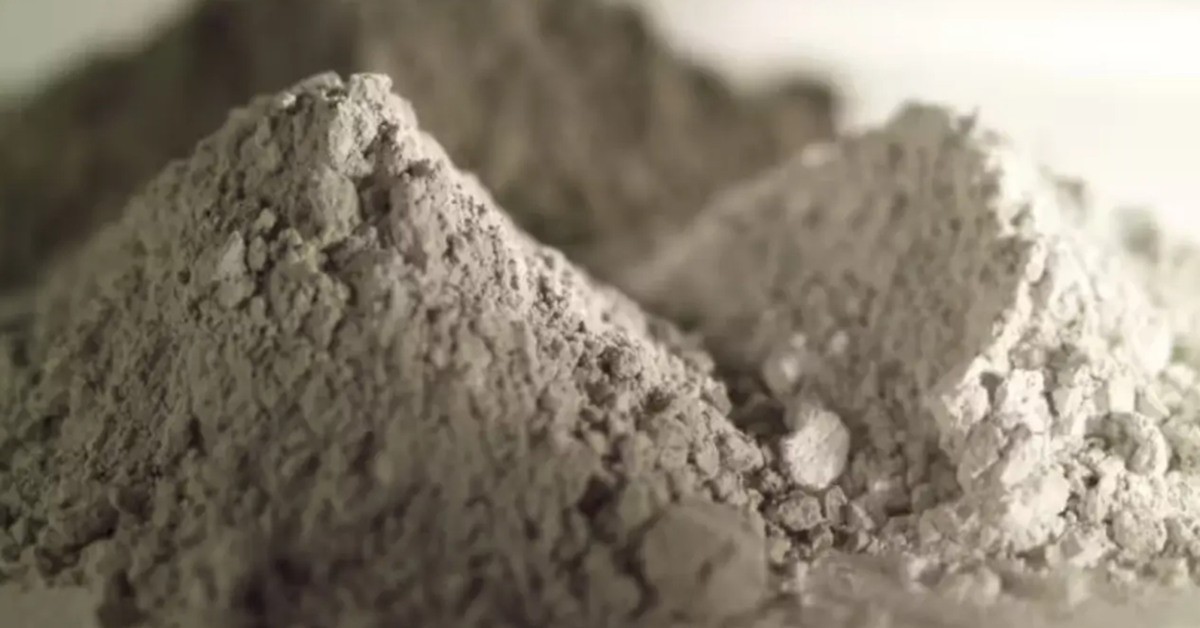










































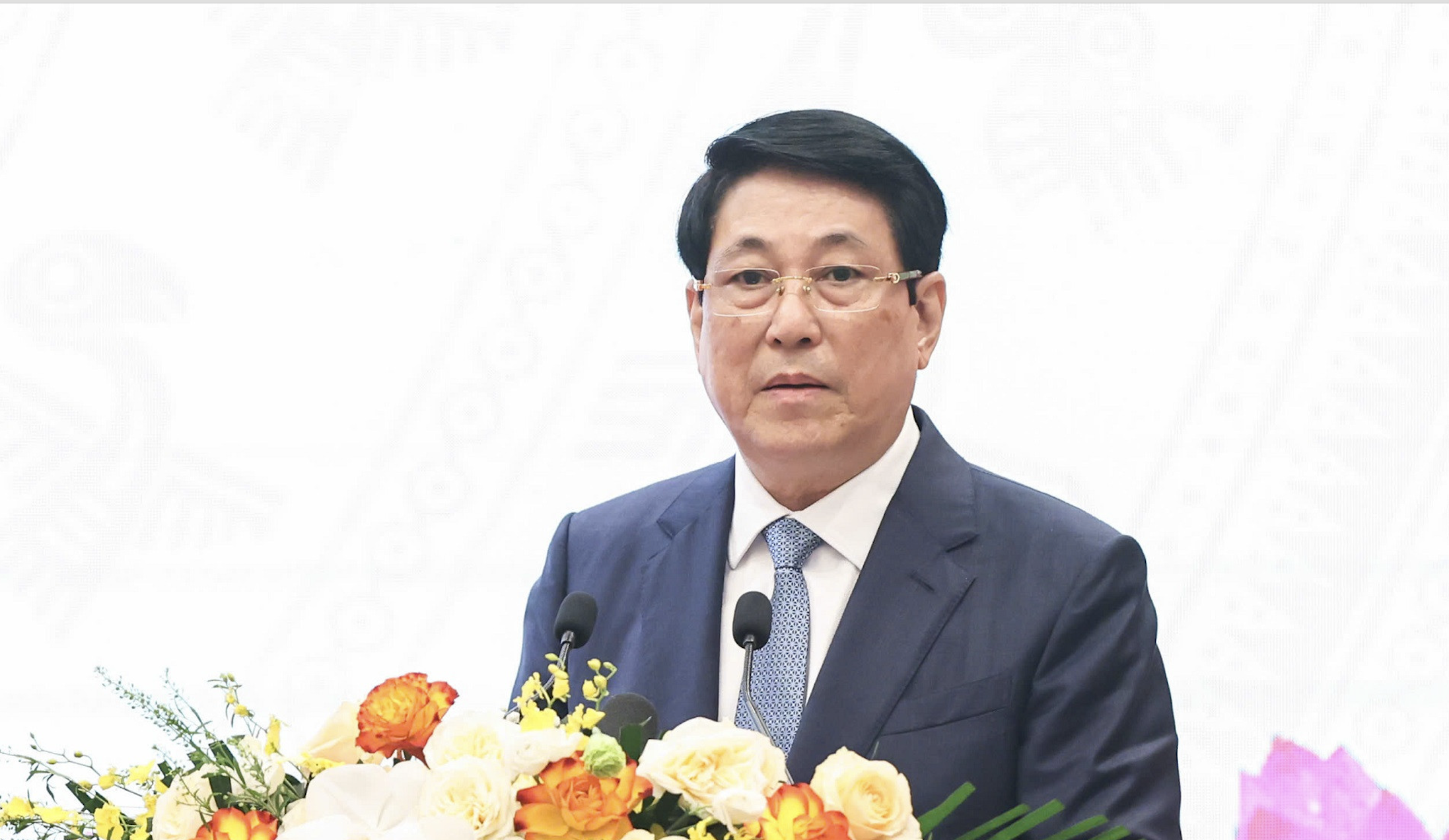


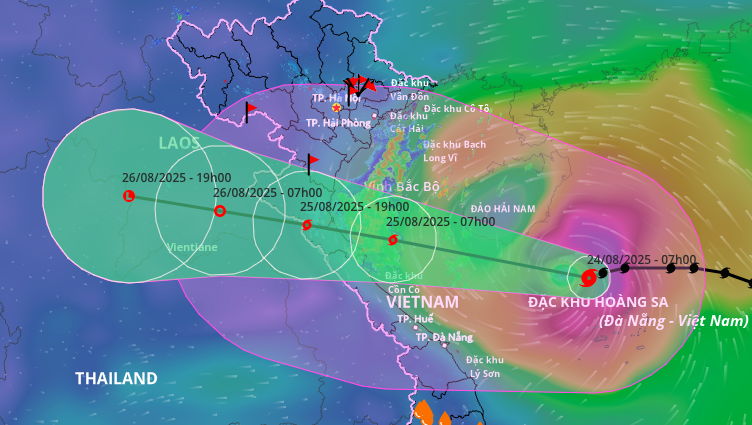




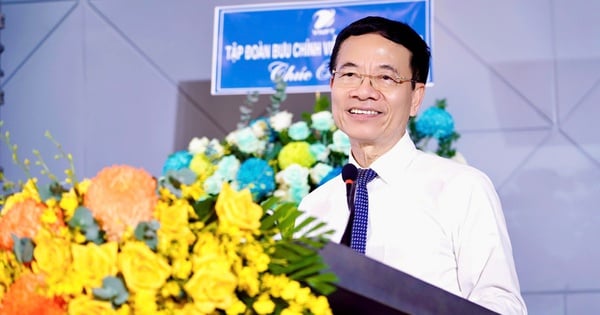





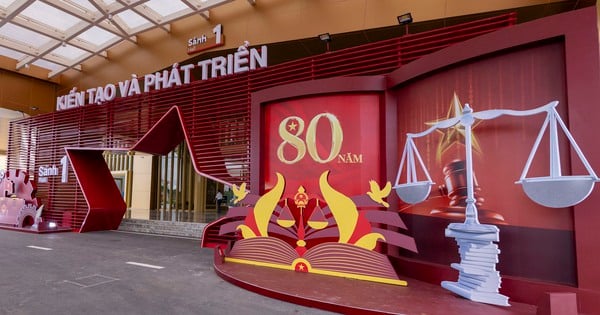




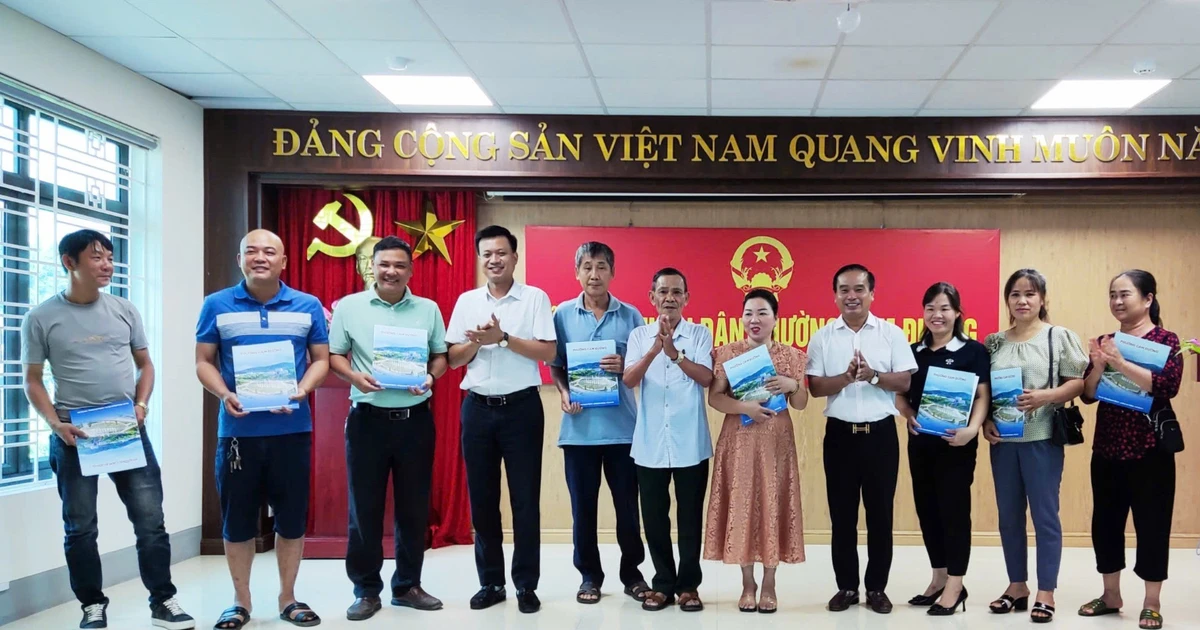

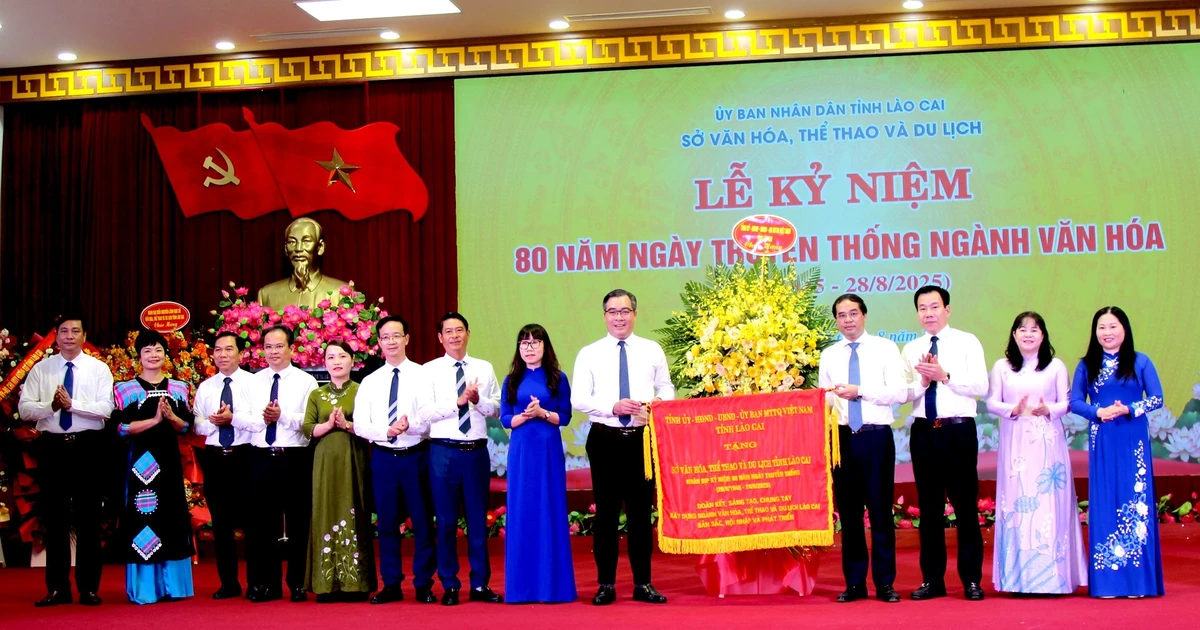
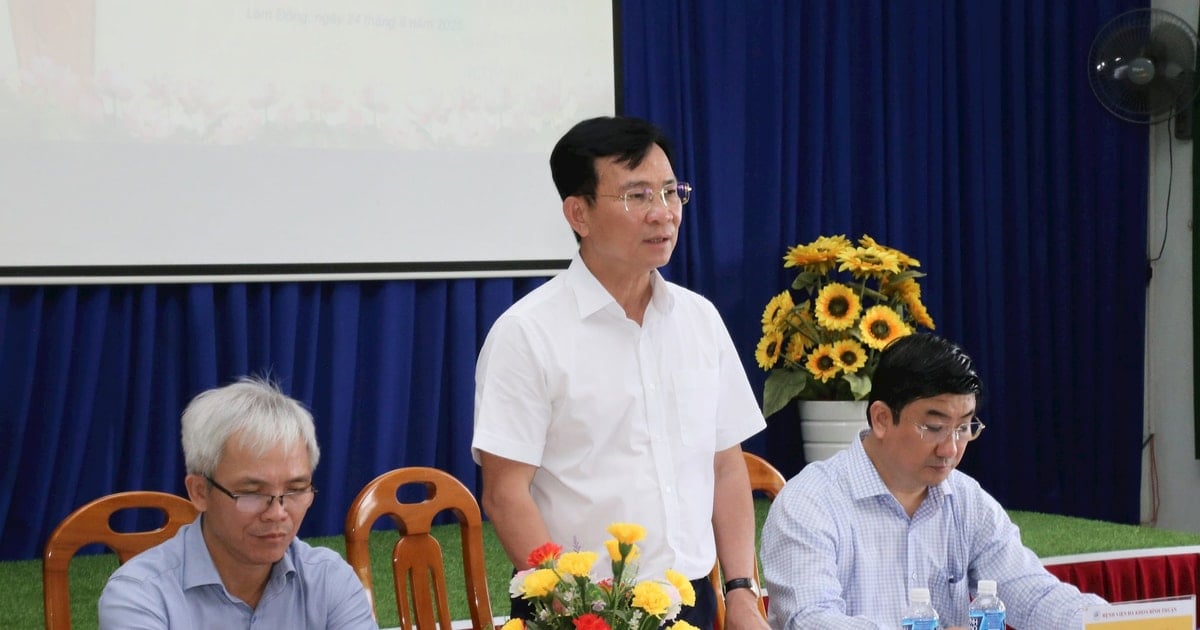


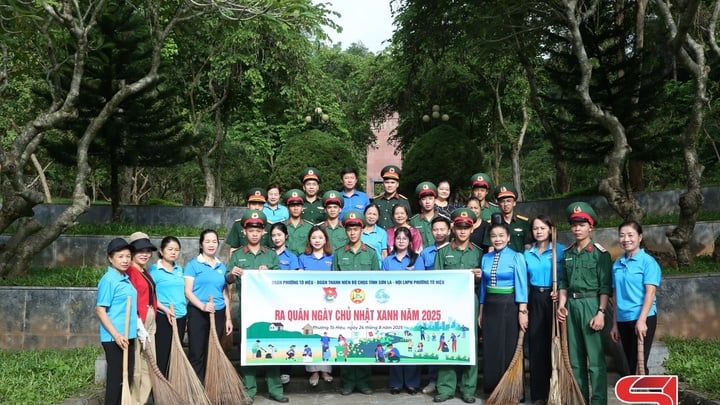












Comment (0)